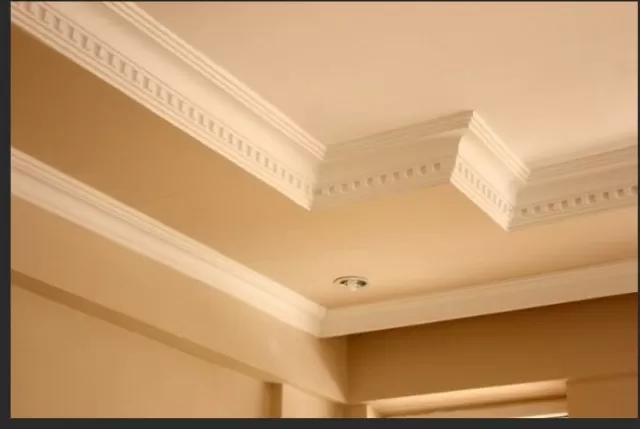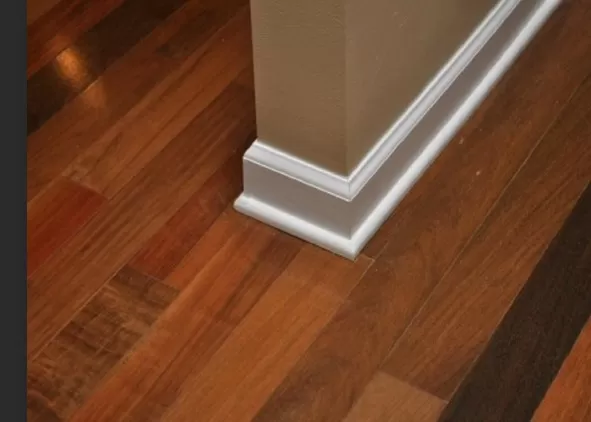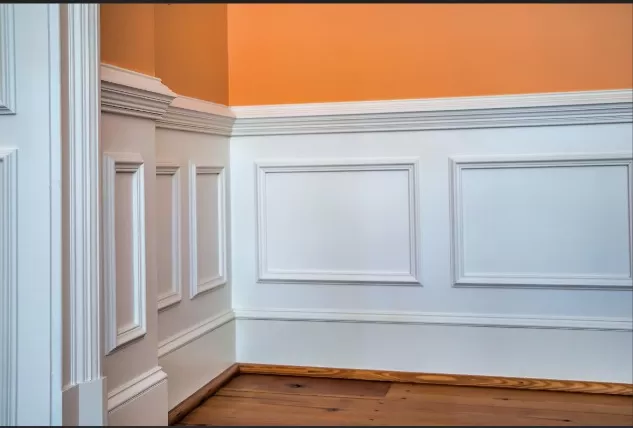Elevate Your Space with These 5 Popular Moldings: A Guide. Molding is a decorative element that adds elegance and character to the interior of a home. There are various types of molding commonly used in homes today. Here’s a breakdown of some popular molding styles to help you differentiate and choose the right one for your residence
Revealing the Various Styles of Decorative Moldings

Decorative moldings come in a wide array of variations, each serving a distinct function.
Whether it’s accentuating a doorway or creating a seamless connection between walls and floors, moldings play a vital role in home design. With the abundance of molding options available today, it can be challenging to differentiate between them and determine the most suitable ones for your home renovation.
However, there’s no need to worry anymore. Read on to uncover your ultimate guide to identifying and selecting the perfect molding style for your project.
Definition and Styles of Casing
Casing refers to a type of molding specifically designed to conceal the exposed space between walls and door or window frames.
While there are various door casing styles available, the typical width of casing ranges from two to three inches.
Baseboards and Their Varied Styles

Baseboards serve the purpose of adding a finishing touch to the meeting point of walls and flooring.
Typically, baseboards have a measurement ranging from three to five inches. The styles of baseboards often feature simplicity, complemented by the addition of a small quarter-round trim, which has a semi-circular shape.
Crown Moldings: The Majestic Touch
Crown molding, often referred to as cornice molding, holds the distinction of being the “crowning” element in room architecture.
It embellishes the transition area between walls and the ceiling. Crown moldings are known for their intricate and ornate profiles, although there are various types of crown molding available to suit different styles and preferences.
Chair Rail: A Fusion of Function and Style

Chair rail molding serves a dual purpose in interior design.
Functionally, it acts as a protective barrier for walls, shielding them from potential damage caused by furniture. However, chair rail molding also carries a decorative role, particularly in defining the transition between two distinct wall coverings, such as paint and wallpaper.
By elegantly separating these elements, chair rail molding adds a touch of style and visual interest to any space.
*The information is for reference only.